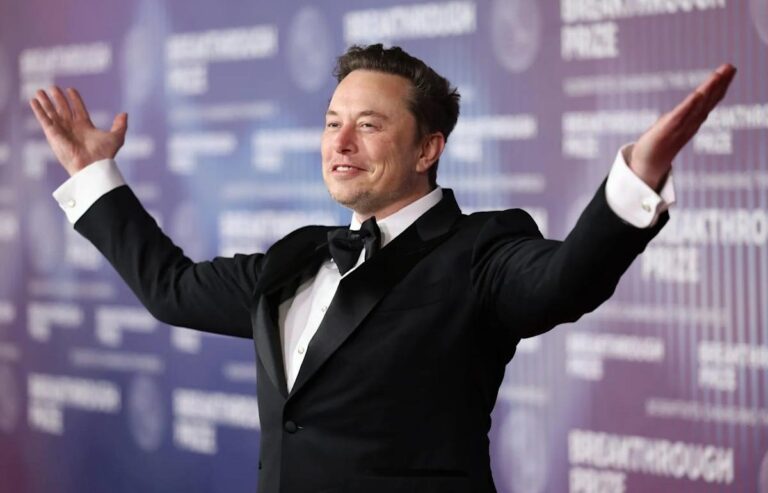In a surprising turn of events, the Canadian Liberal Party, now under the leadership of Mark Carney, secured victory in the recent federal election, successfully retaining power despite a steep climb in polls just months earlier. The Liberals, who had been trailing significantly behind the Conservatives late last year, managed to win 154 seats, gathering 43.5% of the national vote. Though this result did not amount to an outright majority, it was enough to surpass their primary challengers. Meanwhile, the Conservative Party, led by Pierre Poilievre, garnered an impressive 41.4% of the vote and gained 20 seats, marking their strongest performance in years. However, Poilievre’s loss of his own seat in Parliament raised questions about his political future and leadership within the party.
Back in December, polling data painted a vastly different picture. The Conservative Party had held a commanding 25-point lead, while the Liberals were at one of their lowest popularity points since 2011. An Ipsos survey at the time had the Liberals and the New Democratic Party (NDP) both locked at 20%, while the Conservatives enjoyed double that support. But political tides began to shift rapidly in the spring. By mid-April, a Nanos poll indicated the Liberals had not only closed the gap but were actually leading by six percentage points. This reversal coincided with changes in leadership, as Justin Trudeau stepped down and was replaced by Carney, and with mounting international tensions that reshaped public opinion.
One of the key factors in the changing political landscape was the turbulent relationship between Canada and the United States under President Donald Trump. Trump’s imposition of aggressive tariffs on Canadian goods and his repeated jabs referring to Canada as the “51st state” sparked significant backlash. At a private dinner with Trudeau at Mar-a-Lago, Trump made dismissive remarks that were widely seen as undermining Canada’s sovereignty. Although Canadian officials brushed off his comments as jokes, the broader public reaction was more defensive. These remarks likely galvanized support around Canadian leaders who asserted independence, with Poilievre positioning himself as someone who would firmly stand up to American pressure.
As tensions escalated, Trump continued to exert influence from afar. Following his inauguration, he announced a sweeping series of tariffs on Canadian imports, briefly pausing and then resuming them multiple times. On several occasions, he stated that these tariffs would only be lifted if Canada agreed to become a U.S. state—a suggestion he repeated on the eve of the Canadian election. In response, Poilievre condemned Trump’s interference, calling on him to stay out of Canadian politics and reaffirming Canada’s commitment to remain a sovereign nation. His direct appeal to voters emphasized the importance of electing a leader who could negotiate from a position of strength and resist external influence.
Despite Poilievre’s assertive campaign, Trump’s surprising endorsement of Liberal leader Mark Carney added a twist to the race. Trump claimed that Carney would be easier to negotiate with and dismissed Poilievre as an unfriendly conservative. Poilievre countered by accusing Carney of being weak and compromised, referencing Carney’s past decision to relocate his company headquarters to New York. These exchanges underscored the unusually strong role U.S. politics played in shaping the Canadian electoral narrative, turning what is typically a domestic contest into a transnational spectacle.
Ultimately, the Liberal Party’s comeback resulted in a minority government. With 168 seats secured as of the latest count, they remain four seats short of the 172 needed for a majority in Parliament. The party is expected to seek support from left-leaning allies such as the NDP and the Green Party to solidify their governing position. The Conservatives, though revitalized, will now reassess their path forward, especially as their leader’s absence from Parliament creates uncertainty. Meanwhile, Canadian voters have sent a clear message about the values of sovereignty, resilience, and moderation in leadership during a turbulent political era.





